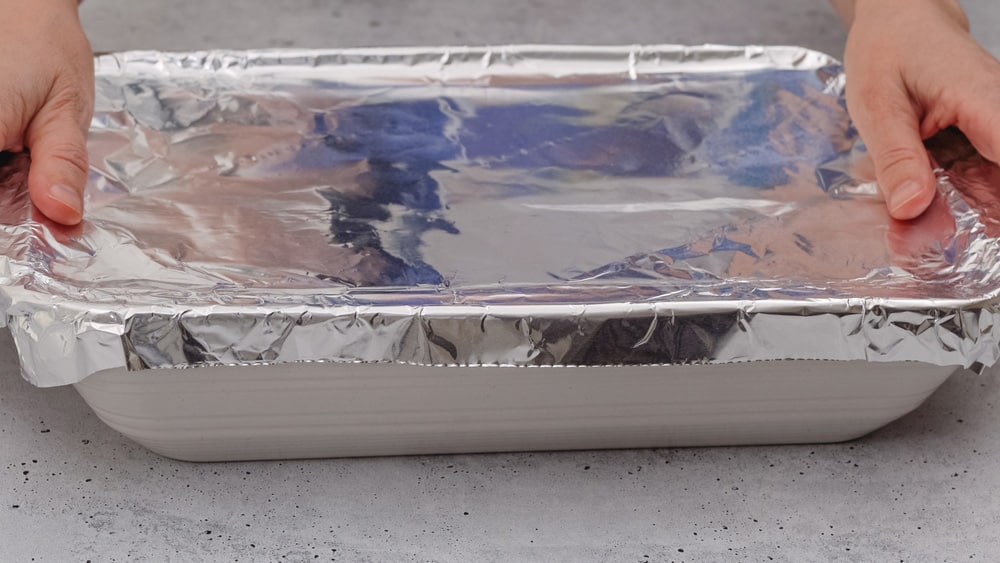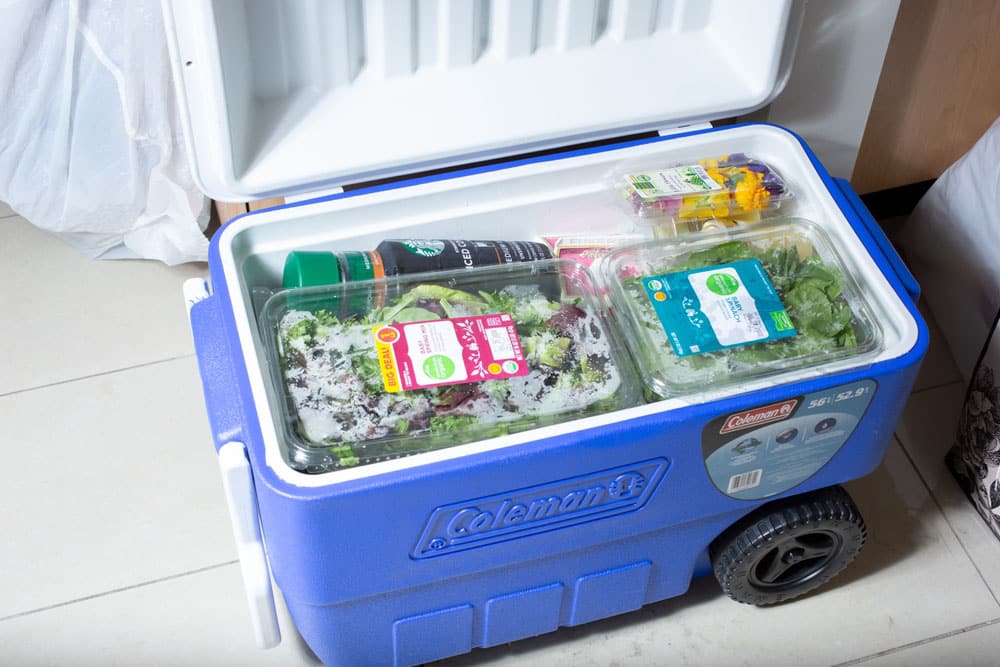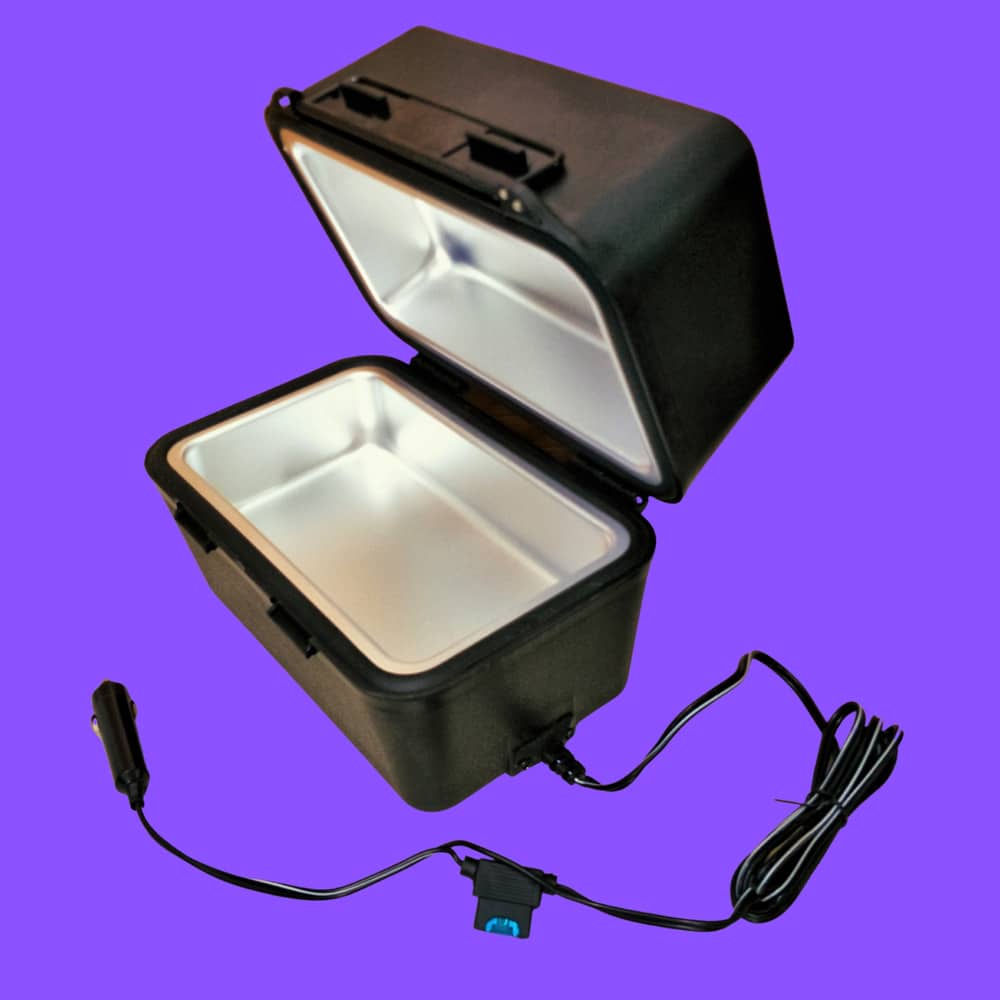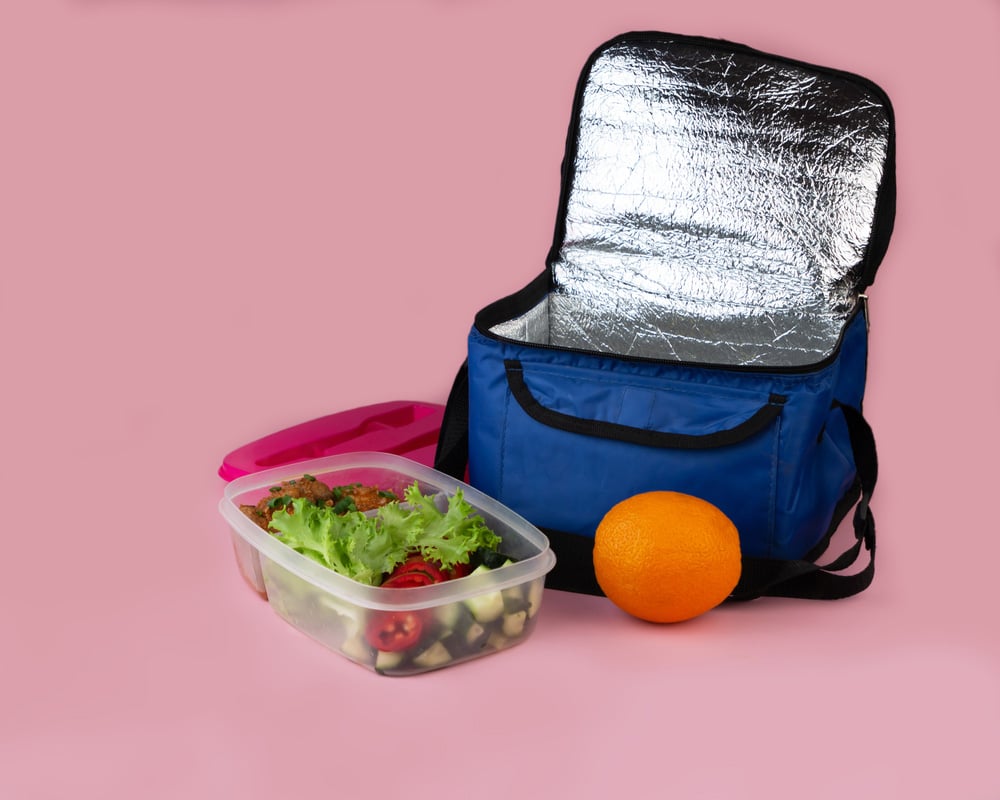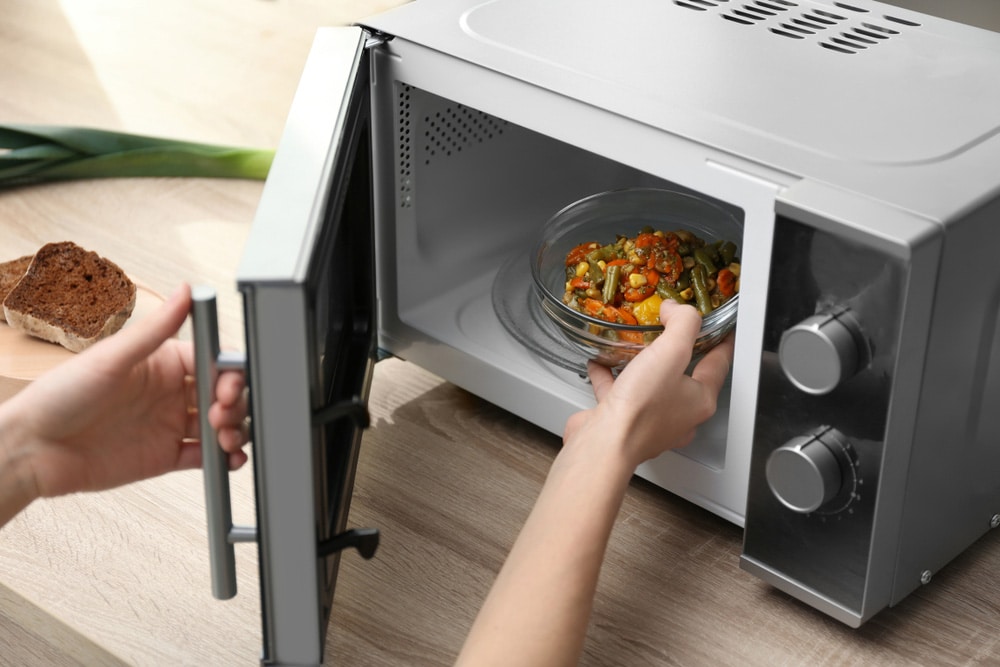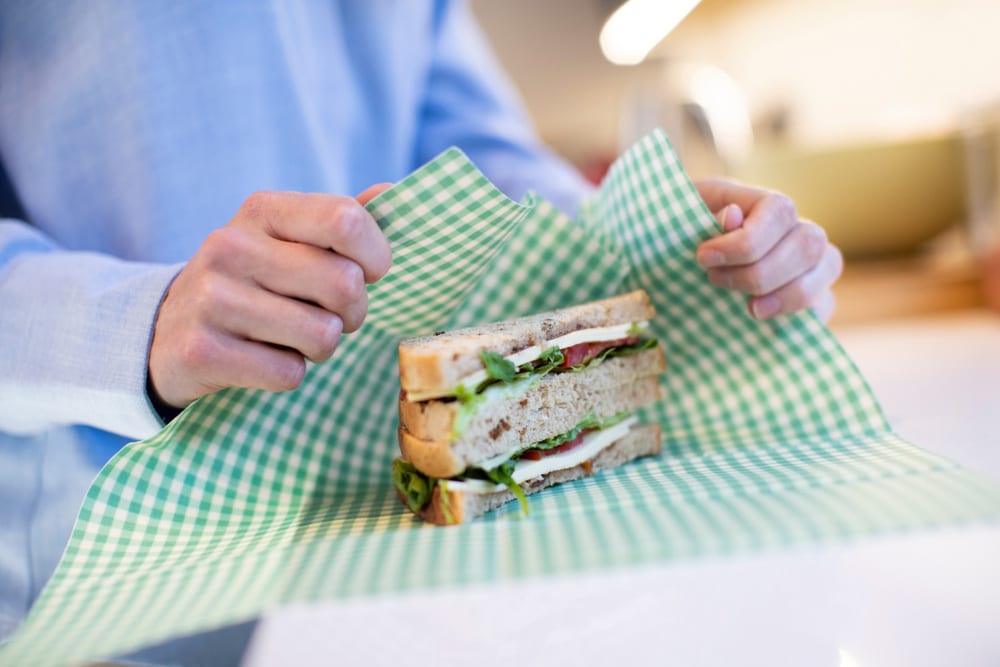
Transporting food is a rather common duty – everyone needs their food and on time! Food also faces the risk of expiring if they’re not packaged and delivered as soon as possible.
However, one of the biggest challenges is to keep food warm during its transportation or travel journey. This obviously only involves foods that need to be hotter when eating them. With improper storage, food can go off and get cold, so it’s important to package them correctly.
Food also needs to be kept warm to prevent them from getting spoiled. Read on as we discuss ways – that you might’ve not considered – of how to keep food warm when transporting them or while travelling.
Why Should Food be Kept Warm?
Whenever you need to store food for longer periods of time, you always need to be wary of possible bacterial growth. That’s essentially when food becomes discoloured and goes off, and that’s why you need to keep them at the right temperatures. Signs and indications that your food is spoiled include:
- Gassy air bubbles
- Leaking
- Foaming
- Foul smells and odours
- Discolouring
- Sliminess
- Moulding
Bacteria that causes food poisoning and other health hazards thrive at temperatures under 60 degrees Celsius. This is why, according to the USDA, your food needs to be stored and kept above the 60-degree threshold.
This shouldn’t however be confused with the storage of cold food, which needs to be kept at 5 degrees and cooler to stay fresh.
From your part, you just need to make sure your foods remain within these temperature ranges for as long as possible. This can easily be implemented by following the below tips and suggestions.
How to Keep Food Warm When Transporting
- Wrap Your Food Towels and Tin Foil
This is one of the best ways of keeping your food warm, especially for prolonged periods of time. Wrapping your food in a towel works better than storing it in a bigger cooler or container.
Admittedly, coolers do perhaps have better insulation, but food that is wrapped tightly with a towel makes it more compact. This results in better outcomes for your food because it keeps it fresher for longer.
It also locks out air that can cause baked goods to become stale and unwanted air moisture from causing bacterial growth. Aluminium foil, otherwise called tin foil, tends to reflect radiant heat and steam, thereby reducing your food’s heat loss significantly.
However, tin foil is also good at keeping your food cold, which is why a towel is needed to enhance insulation. For the best warmth retention, you should first wrap your food in tin foil before wrapping it in a towel.
- Place Your Food in a Hard Cooler
This may sound confusing – since coolers are traditionally used to keep food chilled – but they’re also useful at keeping food warm. This is because coolers are designed to be well-insulated. The same way that coolers keep food cold, they can do so by keeping them warm as well.
However, it is important to note that the coolers shouldn’t be too big because too much space would reduce heat retention. To make special sure that your food stays warm inside a cooler box would be to wrap them in tin foil and a towel before placing them inside.
You can also pre-heat the cooler by putting warm or hot water in it for over an hour before discarding it and placing your food parcels inside. This will not only heat the interior lining of your cooler, but it will also trap steam and warm air inside.
- Use Hot Water Bottles to Emit Heat
Food can’t keep itself warm, and they’ll always cool down eventually. To remedy this you can use external sources of heat such as hot water bottles and heat packs. It’s obviously better to preheat the water bottles to near boiling point before placing it with – or alongside – your food.
An easy way to do this is to wrap the food and heat source in a towel. This is effective because it would trap the heat inside for a longer period of time, while ensuring your food is compactly packaged.
Moreover, your food will stay warm for up to eight hours if you weren’t to unwrap the towel and let cool air in. This makes it a highly reliable method.
- Use Portable Food Warmers
As the name suggests, a food warmer does just that – it warms your food! But a portable food warmer is rather useful because it doesn’t need electricity to function. Instead, you just have to plug it into your car’s outlet while you drive.
Your car’s running engine will simply charge it up, preventing the warmer from dying. However, portable food warmers are rather compact and small in size so you can only use them to store smaller portions of food.
- Use Thermos Flasks
Thermos flasks use a special vacuum insulation technology, which allows them to retain temperature significantly. They can retain temperatures that are both hot or cold and are able to keep its contents hot for up to 12 hours!
This makes it a highly effective method at keeping your desired food items or drinks hot for a long time on the road. Not only that, but they’re also durable and easy to use, especially when you’re travelling in a vehicle where your space can be awkward and limited.
These flasks are designed with a double-wall stainless steel which, along with its vacuum, is great for trapping and encapsulating hot air and steam. They are especially suitable for smaller food contents, as well as liquid foods like sauces, soup or broth.
- Store Your Food in Thermal Bags
Thermal bags are very useful for keeping your food warm in short bursts or for shorter periods of time during your travels. These bags are essentially made with an aluminium lining – the same component that makes up tin foil – and a plastic insulation.
Plastic is a poor conductor of heat, which means it would be great at keeping your food warm and preventing heat from escaping. Additionally, thermal bags are good at maintaining optimal food temperatures, while controlling and regulating moisture levels in the air.
This means your food will less likely get soggy during your transportation journey. These bags are useful when taking a hot lunch to your workplace or for packing and storing your kids’ lunches for school. What makes them better is that they’re reusable, affordable and light in weight!
- Don’t Hesitate to Use a Microwave
Over and above using the above mentioned tips, you could also make sure your food is extra hot before you transport them or travel with them. Don’t hesitate to put them in a microwave for a long enough duration so that your food is borderline sizzling before you leave.
If you want to avoid your food from getting soggy in the microwave – such is the case when microwaving toast or bread – then you can use an oven instead. Food will always eventually cool down, but you can slow down the cooling process by making your food hotter than usual.
An easy tip to remember is to not pack your food at eating temperature, but rather a tad hotter. Just make sure you don’t burn it to the point where it’s inedible!

